Home>Articles>How Long Does It Take To Carbonate Water In A Kegerator
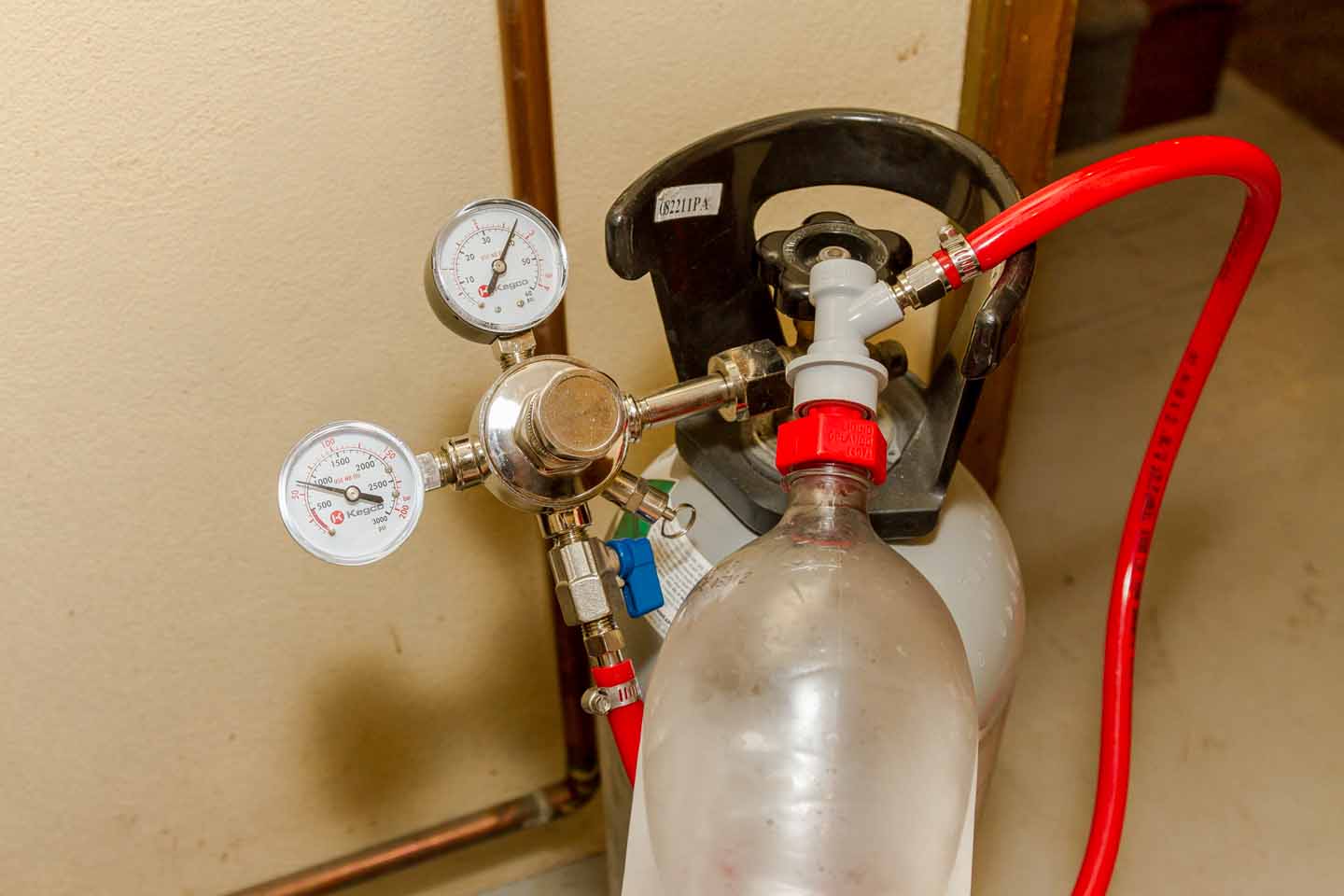

Articles
How Long Does It Take To Carbonate Water In A Kegerator
Modified: August 30, 2024
Discover the articles on how long it takes to carbonate water in a kegerator and learn valuable insights on the carbonation process.
(Many of the links in this article redirect to a specific reviewed product. Your purchase of these products through affiliate links helps to generate commission for Storables.com, at no extra cost. Learn more)
Introduction
Welcome to the world of kegerators and the art of carbonating water! Whether you are a seasoned homebrewer, a soda enthusiast, or simply someone who enjoys the crisp bubbles in carbonated water, understanding the carbonation process in a kegerator can help you achieve the perfect level of carbonation to suit your taste.
A kegerator is a specialized appliance designed to store and dispense kegs of beverages, including water, beer, soda, and more. Carbonating water in a kegerator not only allows you to have a continuous supply of refreshing carbonated water at your fingertips, but it also gives you the freedom to experiment with different levels of carbonation to find your personal preference.
In this article, we will delve into the intricacies of carbonating water in a kegerator, exploring the factors that affect carbonation time, the different techniques you can use to achieve faster results, and how to test and troubleshoot carbonation issues. So, grab a glass of water and let’s dive in!
Key Takeaways:
- Achieving the perfect level of carbonation in a kegerator involves adjusting temperature, pressure, and water type. Techniques like shaking the keg and testing carbonation levels can expedite the process.
- Troubleshooting common carbonation issues, such as undercarbonation and overcarbonation, ensures a smooth and consistent carbonation process. Experimentation and personal preference are key to finding the ideal fizziness.
The Carbonation Process in a Kegerator
Carbonation is the process of dissolving carbon dioxide (CO2) into liquid, resulting in the formation of bubbles that create the desired level of fizziness. In a kegerator, the carbonation process involves pressurizing the water with CO2 gas, allowing it to absorb the gas until the desired level of carbonation is achieved.
The key component in this process is the carbonation stone or carbonation tube, which is connected to the CO2 tank and placed inside the kegerator. The stone or tube disperses tiny bubbles of CO2 into the water, maximizing the surface area for absorption, and speeding up the carbonation process.
Once the water and CO2 are combined and the system is pressurized, the carbonation process begins. The dissolved CO2 creates carbonic acid in the water, which gives the water its characteristic tangy taste. As the dissolved CO2 builds up, the water becomes carbonated, producing the bubbles that we associate with carbonated beverages.
It’s important to note that the carbonation process takes time and patience. Depending on various factors that we will explore in the next section, carbonation can take anywhere from a few hours to several days.
Now that we have an understanding of the carbonation process in a kegerator, let’s explore the factors that can affect the time it takes to carbonate water.
Factors Affecting Carbonation Time
Several factors can influence the time it takes to carbonate water in a kegerator. By understanding these factors, you can adjust and optimize your carbonation process to achieve the desired results efficiently. Let’s take a closer look at these factors:
- Temperature: The temperature at which you carbonate the water plays a significant role in the carbonation time. Carbon dioxide dissolves more easily in colder temperatures, so if you set your kegerator to a lower temperature, the carbonation process will generally be faster. However, be mindful of the freezing point of water, as excessively low temperatures can lead to frozen kegs or other issues.
- Pressure: The pressure setting on your kegerator affects the rate at which CO2 is absorbed by the water. Higher pressure levels will generally result in faster carbonation, but be cautious not to exceed the pressure limits recommended by the manufacturer, as this could lead to overcarbonated water or even potential safety hazards.
- Type of Water: The mineral content and composition of the water being carbonated can impact the carbonation process. Water with higher mineral content, such as hard water, tends to require more time and CO2 to carbonate fully. On the other hand, distilled or demineralized water may carbonate more quickly, as it lacks minerals that can hinder the absorption of CO2.
- Circulation and Agitation: Proper circulation and agitation of the water during the carbonation process can help speed up the absorption of CO2. Some kegerators have built-in circulation systems or agitators, while others may require manual techniques such as gently stirring the water or periodically shaking the keg to enhance carbonation.
- Keg Size and Shape: The size and shape of the keg can also influence the carbonation time. Larger kegs with more volume require more time for the CO2 to be evenly distributed and absorbed throughout the water. Additionally, kegs with narrow or tall shapes may have slower carbonation due to limited surface area for gas absorption.
By considering these factors and making adjustments accordingly, you can significantly impact the carbonation time and achieve the desired level of carbonation in your water. In the next sections, we will explore some techniques that can help expedite the carbonation process for those who prefer a faster turnaround time.
Temperature Settings and Carbonation Time
The temperature at which you set your kegerator can have a significant impact on the carbonation time. As mentioned earlier, carbon dioxide dissolves more easily in colder temperatures. Therefore, setting your kegerator to a lower temperature can expedite the carbonation process.
Generally, a temperature range of 34°F to 40°F (1°C to 4°C) is recommended for carbonating water in a kegerator. This temperature range allows for efficient absorption of CO2 while minimizing the risk of freezing the water or damaging the kegerator components.
However, it’s important to note that carbonation is a delicate balance, and setting the kegerator to a temperature that is too low may lead to overcarbonation or freezing of the water. It’s crucial to monitor the carbonation progress and adjust the temperature settings accordingly to achieve the desired level of carbonation.
Keep in mind that different kegerator models may vary in their temperature control accuracy. It’s a good practice to use a separate thermometer to monitor the actual temperature inside the kegerator to ensure it remains within the desired range.
Additionally, it’s worth mentioning that temperature fluctuations can affect the carbonation process. Try to avoid frequent opening and closing of the kegerator door, as this can lead to temperature fluctuations. It’s best to maintain a consistent temperature throughout the carbonation process to achieve optimal results.
In summary, setting the temperature in the recommended range of 34°F to 40°F (1°C to 4°C) and maintaining a consistent temperature will help expedite the carbonation process. However, be cautious not to set the temperature too low to avoid overcarbonation or freezing of the water. In the next section, we will explore the relationship between pressure settings and carbonation time.
Pressure Settings and Carbonation Time
The pressure setting on your kegerator is another critical factor that can impact the carbonation time. Adjusting the pressure allows you to control the rate at which CO2 is absorbed by the water.
As a general guideline, higher pressure settings will result in faster carbonation, while lower pressure settings will lead to slower carbonation. However, it’s important to strike a balance and avoid excessive pressure, as it can lead to overcarbonation or even damage to the kegerator.
When carbonating water, it’s recommended to set the pressure between 10-15 PSI (pounds per square inch). This range is considered a safe and effective pressure level for achieving carbonation within a reasonable timeframe.
It’s important to note that different kegerator models may have varying pressure control mechanisms, so it’s best to refer to the manufacturer’s instructions for precise pressure recommendations for your specific kegerator.
While higher pressure can accelerate the carbonation process, it’s essential to monitor the progress regularly. Each kegerator and water composition is unique, so it may take some trial and error to find the optimal pressure setting for your desired level of carbonation.
Keep in mind that once the water is carbonated, you can lower the pressure to a maintenance level to prevent overcarbonation or excessive foaming when dispensing.
In summary, adjusting the pressure setting in the range of 10-15 PSI can expedite the carbonation process. However, it’s crucial to monitor the progress and adjust the pressure as needed to prevent overcarbonation. In the next section, we will explore how the type of water can affect the carbonation time.
The time it takes to carbonate water in a kegerator can vary depending on the pressure and temperature settings, but it typically takes 24-48 hours for the carbonation process to complete. Keep an eye on the carbonation level and adjust as needed.
Type of Water and Carbonation Time
The type of water you use for carbonation can also have an impact on the carbonation time in a kegerator. Different types of water, such as tap water, mineral water, or distilled water, can affect the rate at which CO2 is absorbed.
Hard water, which contains high mineral content, tends to require more time and CO2 to carbonate fully. The minerals in hard water can interfere with the absorption of CO2, slowing down the carbonation process. Therefore, if you are using hard water, you may need to increase the carbonation time and adjust pressure settings accordingly to achieve the desired level of carbonation.
On the other hand, using distilled or demineralized water may result in faster carbonation. These types of water lack the minerals that can hinder the absorption of CO2, allowing for quicker carbonation. If you prefer a faster carbonation process, using distilled or demineralized water can be a good option.
It’s worth noting that carbonating flavored waters or adding ingredients like fruits or syrups to the water can also affect the carbonation time. The additional ingredients may alter the chemical composition of the water, potentially impacting the absorption of CO2. It may require some experimentation to determine the ideal carbonation time when adding flavorings or ingredients.
In summary, the type of water you use can influence the carbonation time in a kegerator. Hard water may require more time and CO2 for complete carbonation, while distilled or demineralized water can result in faster carbonation. If you are using flavored water or adding ingredients, it may require some trial and error to determine the optimal carbonation time. In the next section, we will explore some techniques to achieve faster carbonation results.
Carbonation Techniques for Faster Results
If you’re looking to achieve faster carbonation results in your kegerator, there are several techniques you can try. These techniques can help expedite the absorption of CO2 into the water, reducing the overall carbonation time. Let’s explore some of these techniques:
- Shaking or agitating the keg: Gently shaking or agitating the keg can increase the contact between the water and CO2, allowing for faster absorption. However, exercise caution when using this technique, as excessive shaking can cause foaming or damage to the keg or kegerator.
- Increasing pressure temporarily: By temporarily increasing the pressure settings on your kegerator, you can speed up the carbonation process. However, it’s crucial to monitor the progress closely to avoid overcarbonation. Once the desired carbonation level is reached, you can lower the pressure to a maintenance level.
- Using carbonation stones or diffusion stones: Carbonation stones or diffusion stones are porous stones that help to disperse CO2 bubbles more evenly throughout the water. This can enhance the surface area for gas absorption and speed up the overall carbonation process.
- Increasing the surface area of water: Increasing the surface area of the water can accelerate the carbonation process. You can achieve this by filling the keg with less water, allowing for more space at the top, or by partially filling multiple smaller kegs instead of one large keg.
- Pre-chilling the water: Before carbonating, pre-chilling the water by refrigerating it beforehand can enhance the carbonation process. Cold water has a higher capacity to dissolve CO2, leading to faster absorption.
- Circulating the water: If your kegerator has a built-in circulation system, utilizing it during the carbonation process can help distribute CO2 more effectively. This can result in a faster and more uniform carbonation throughout the water.
It’s important to note that while these techniques can expedite the carbonation process, it’s essential to monitor the progress closely to avoid overcarbonation or other issues. Each kegerator and water composition is unique, so some experimentation may be required to find the optimal technique for your specific setup.
Now that you’re equipped with these carbonation techniques, you can experiment and customize your carbonation process to achieve faster results. In the next section, we will explore how to test the carbonation levels to ensure you have the perfect level of fizziness in your water.
Testing Carbonation Levels
Testing the carbonation levels of your water is crucial to ensure you achieve the desired level of fizziness. There are a few methods you can use to test the carbonation levels in your kegerator. Let’s explore some of these methods:
- Taste test: The simplest and most subjective method is to do a taste test. Take a small sip of the carbonated water and assess the level of carbonation. If it’s too flat, you can continue carbonating for a bit longer. If it’s too fizzy or has a sharp carbonic acid taste, you may have overcarbonated the water and need to release some pressure.
- Pressure gauge readings: Most kegerators come with a pressure gauge that displays the pressure inside the keg. You can refer to the recommended pressure range for carbonation and make adjustments based on the gauge readings. Gradually increase or decrease the pressure as needed to reach the desired carbonation level.
- Carbonation chart: Another method is to use a carbonation chart or calculator, which takes into account factors such as temperature and desired carbonation level. These charts provide guidelines on the appropriate pressure and time needed to achieve the desired level of carbonation.
- Use a carbonation tester: Carbonation testers or carbonation measurement devices are available for more precise carbonation testing. These devices measure the level of CO2 in the water and can provide specific readings to ensure accurate carbonation levels.
It’s important to note that carbonation is subjective, and what may be the perfect level of fizziness for one person may not be the same for another. It’s a matter of personal preference, so it may take some experimentation to find the ideal carbonation level that suits your taste.
Once you have tested the carbonation levels and are satisfied with the results, you can adjust the pressure settings to a maintenance level to prevent further carbonation or overcarbonation. It’s also a good practice to label your keg or keep a record of the carbonation settings you used, so you can replicate your preferred level of carbonation in the future.
Now that you know how to test the carbonation levels, let’s explore some common carbonation issues and troubleshooting techniques in the next section.
Troubleshooting Carbonation Issues
While carbonating water in a kegerator is generally a straightforward process, it’s not uncommon to encounter some carbonation issues along the way. Here are some common issues and troubleshooting techniques to help you navigate through them:
1. Undercarbonation: If you find that your water is not carbonated enough, there are a few possible causes. One reason could be insufficient carbonation time. Check the pressure and temperature settings to ensure they are within the recommended ranges and give it more time to carbonate. Additionally, make sure the CO2 tank is not empty or low, as this can also contribute to undercarbonation.
2. Overcarbonation: Overcarbonation occurs when the water is too fizzy or has excessive pressure. This can be caused by carbonating at too high of a pressure or for too long. To remedy this issue, release some pressure from the keg by slowly opening the relief valve until the desired carbonation level is reached. It’s important to release pressure gradually to avoid sudden foaming or excessive loss of carbonation.
3. Inconsistent carbonation: Inconsistent carbonation can occur when there are variations in temperature or pressure within the kegerator. Ensure that the temperature and pressure settings are stable throughout the carbonation process. If necessary, adjust the temperature to maintain consistency, and check for any leaks or issues with the kegerator’s pressure control system. Additionally, make sure the carbonation stone or diffusion stone is clean and not clogged, as this can affect the distribution of CO2 bubbles.
4. Excessive foaming: Excessive foaming when dispensing the carbonated water can be caused by high pressure, incorrect temperature, or dirty lines or faucets. Ensure that the pressure is set at an appropriate level for dispensing, and check that the temperature is within the recommended range. Regularly clean and maintain your kegerator, including the lines and faucets, to prevent any buildup that could cause excessive foaming.
5. Flavor inconsistencies: If you notice flavor inconsistencies in your carbonated water, it could be due to impurities in the water or issues with the carbonation setup. Ensure that you are using clean, filtered water to eliminate any potential flavor contaminants. Additionally, check that all connections, including the CO2 lines and keg seals, are secure and free from leaks that could introduce unwanted flavors.
If you continue to experience carbonation issues despite troubleshooting, it’s recommended to consult the manufacturer’s instructions or reach out to their customer support for further assistance. They can provide specific guidance and address any specific issues or concerns with your kegerator.
By troubleshooting and addressing these common carbonation issues, you can ensure a smooth and consistent carbonation process, resulting in the perfect level of fizziness in your water.
Now that we’ve covered troubleshooting, let’s wrap up our discussion on carbonating water in a kegerator.
Conclusion
Carbonating water in a kegerator is a delightful process that allows you to enjoy the refreshing bubbles of carbonation at home. By understanding the carbonation process, considering factors such as temperature, pressure, and water type, and utilizing various techniques, you can achieve the perfect level of carbonation to suit your taste.
Setting the temperature within the recommended range and adjusting the pressure to an appropriate level are crucial for achieving faster carbonation results. The type of water used can also impact carbonation time, with hard water requiring more time and CO2, while distilled or demineralized water may carbonate more quickly.
If you’re looking to expedite the carbonation process, techniques such as shaking the keg, increasing pressure temporarily, or using carbonation stones can be effective. Testing the carbonation levels through taste tests, pressure gauge readings, carbonation charts, or carbonation testers will help you achieve the desired level of fizziness.
Through troubleshooting common carbonation issues such as undercarbonation, overcarbonation, inconsistent carbonation, excessive foaming, or flavor inconsistencies, you can ensure a successful carbonation experience. Regular cleaning and maintenance of your kegerator, including the lines and faucets, will help prevent issues and ensure the best quality carbonated water.
Remember, carbonation is subjective, and what may be the perfect level for one person may not be the same for another. Experimentation and personal preference are key in finding the ideal carbonation level that brings you joy.
So, whether you’re a homebrewer experimenting with carbonated water or a soda lover with a penchant for customized fizziness, the art of carbonation in a kegerator opens up a world of possibilities. Cheers to the joy of carbonating water and enjoying every sip of your perfectly bubbly creation!
Frequently Asked Questions about How Long Does It Take To Carbonate Water In A Kegerator
Was this page helpful?
At Storables.com, we guarantee accurate and reliable information. Our content, validated by Expert Board Contributors, is crafted following stringent Editorial Policies. We're committed to providing you with well-researched, expert-backed insights for all your informational needs.
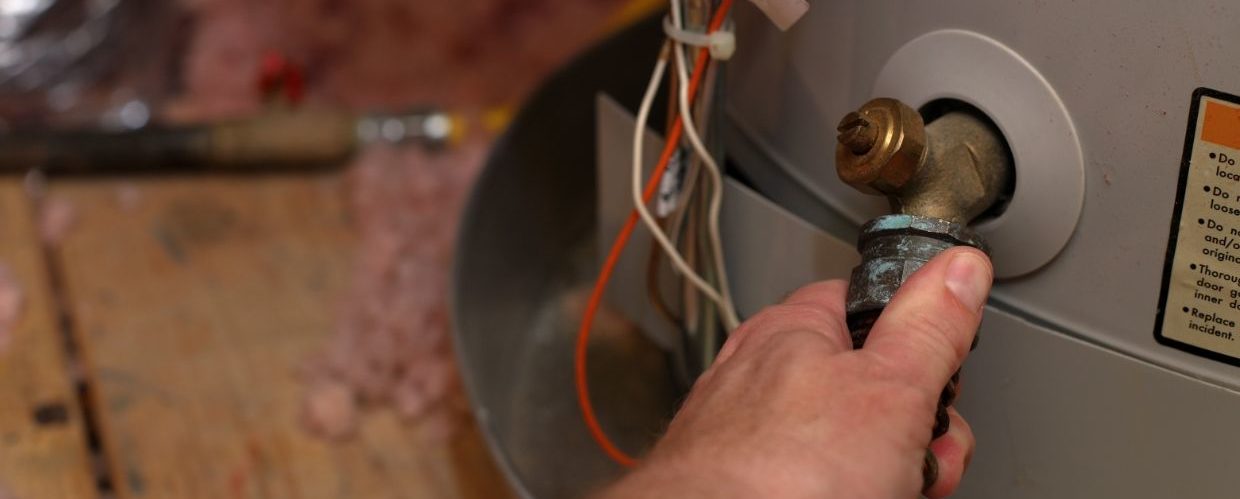
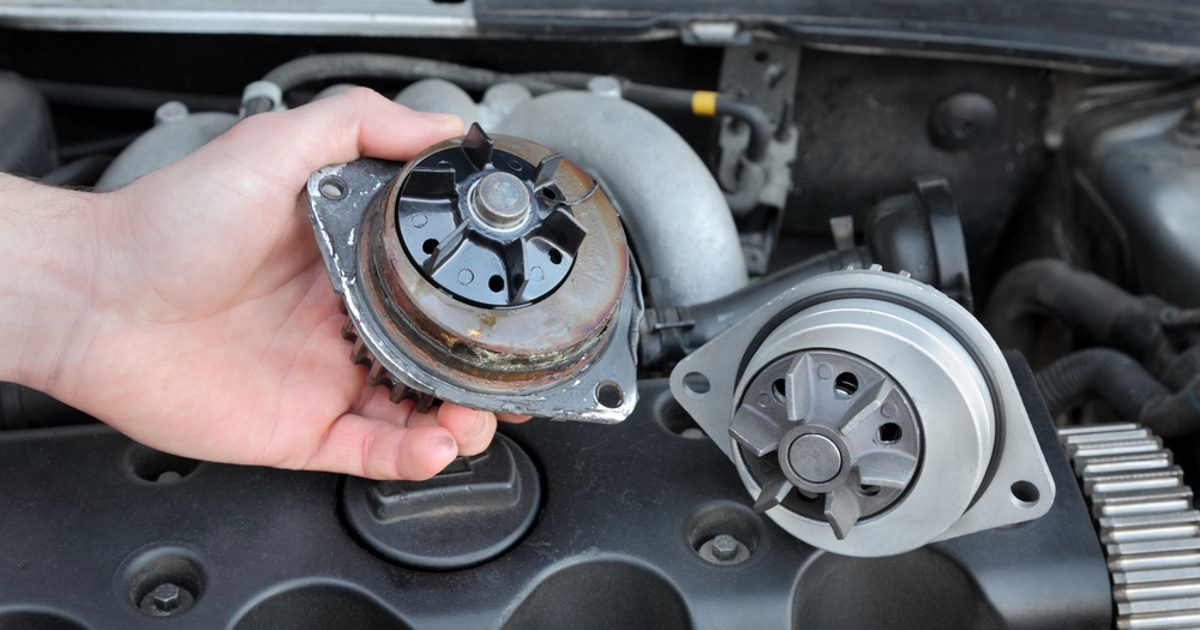
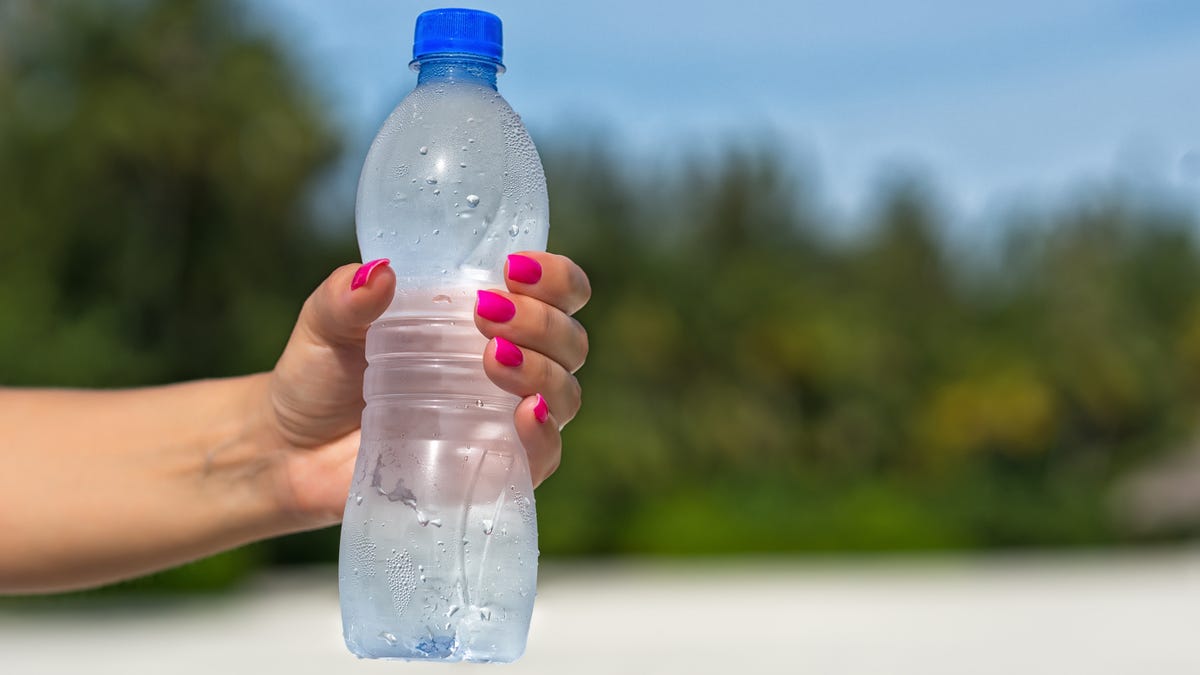
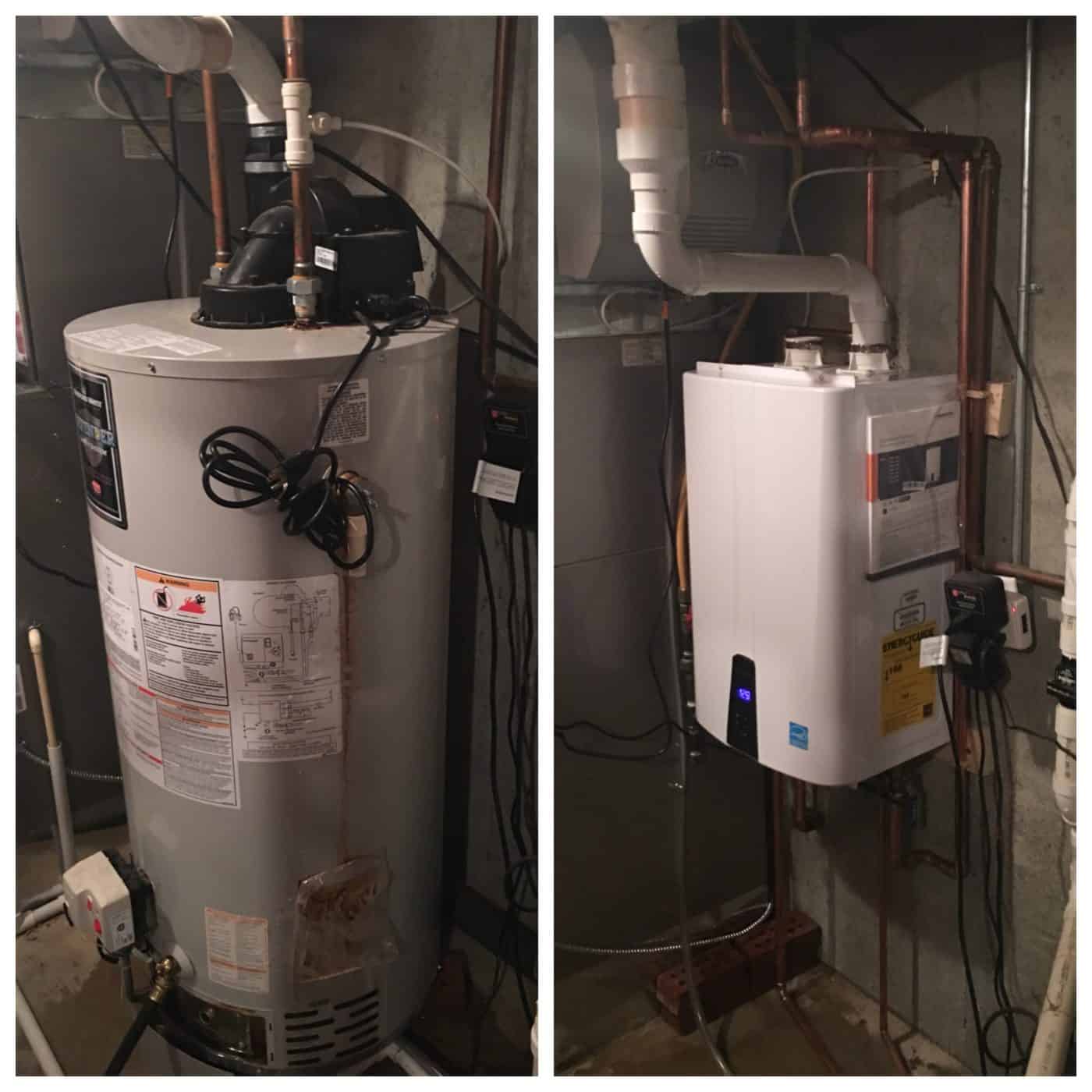
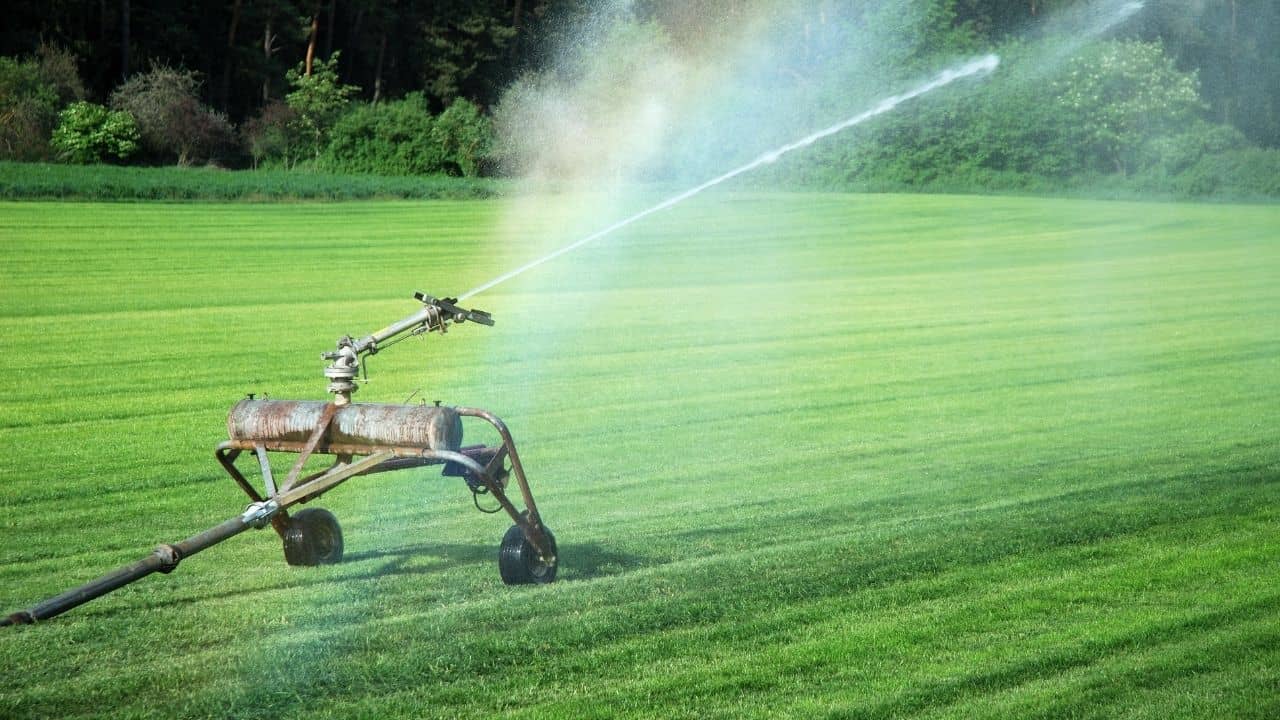
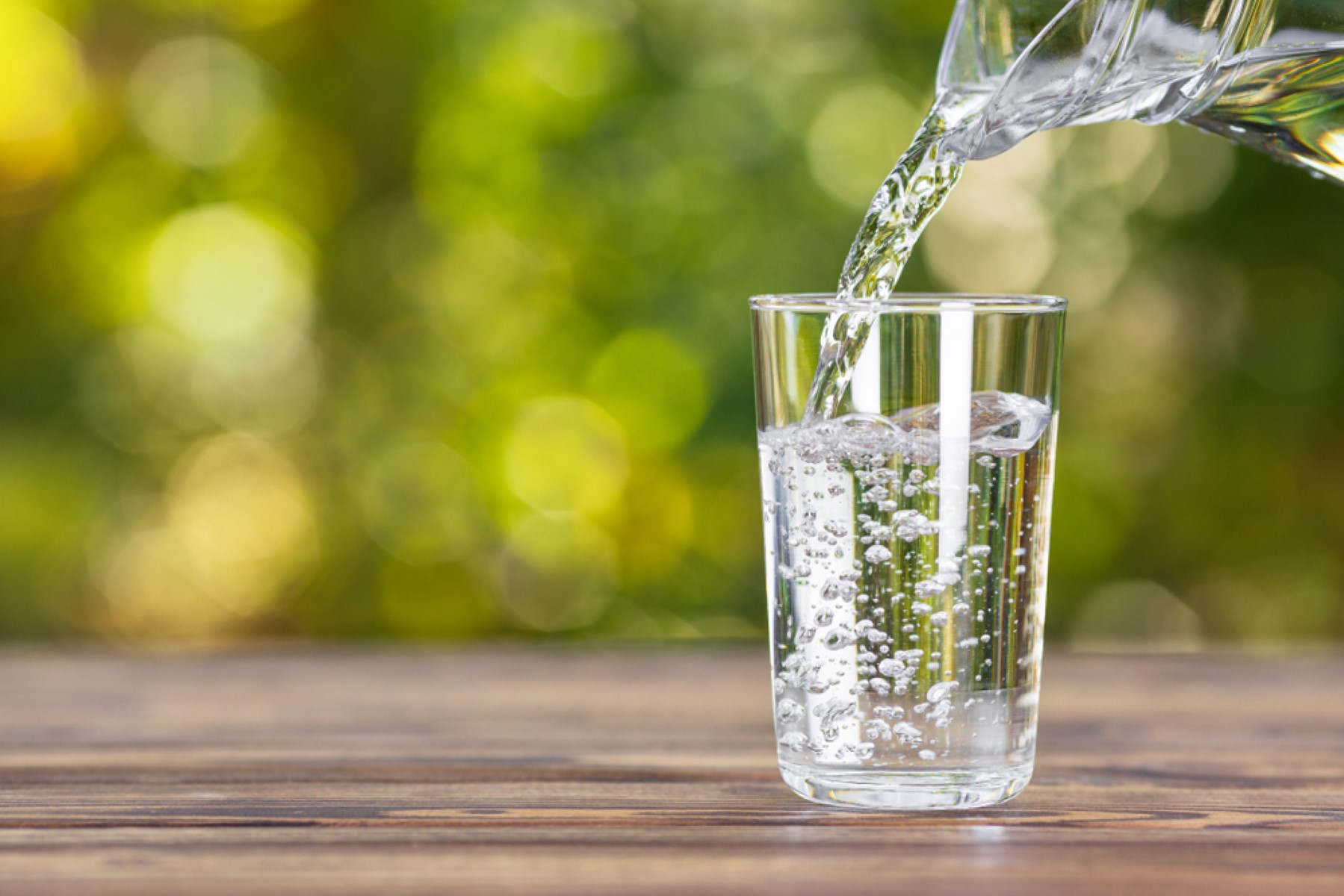
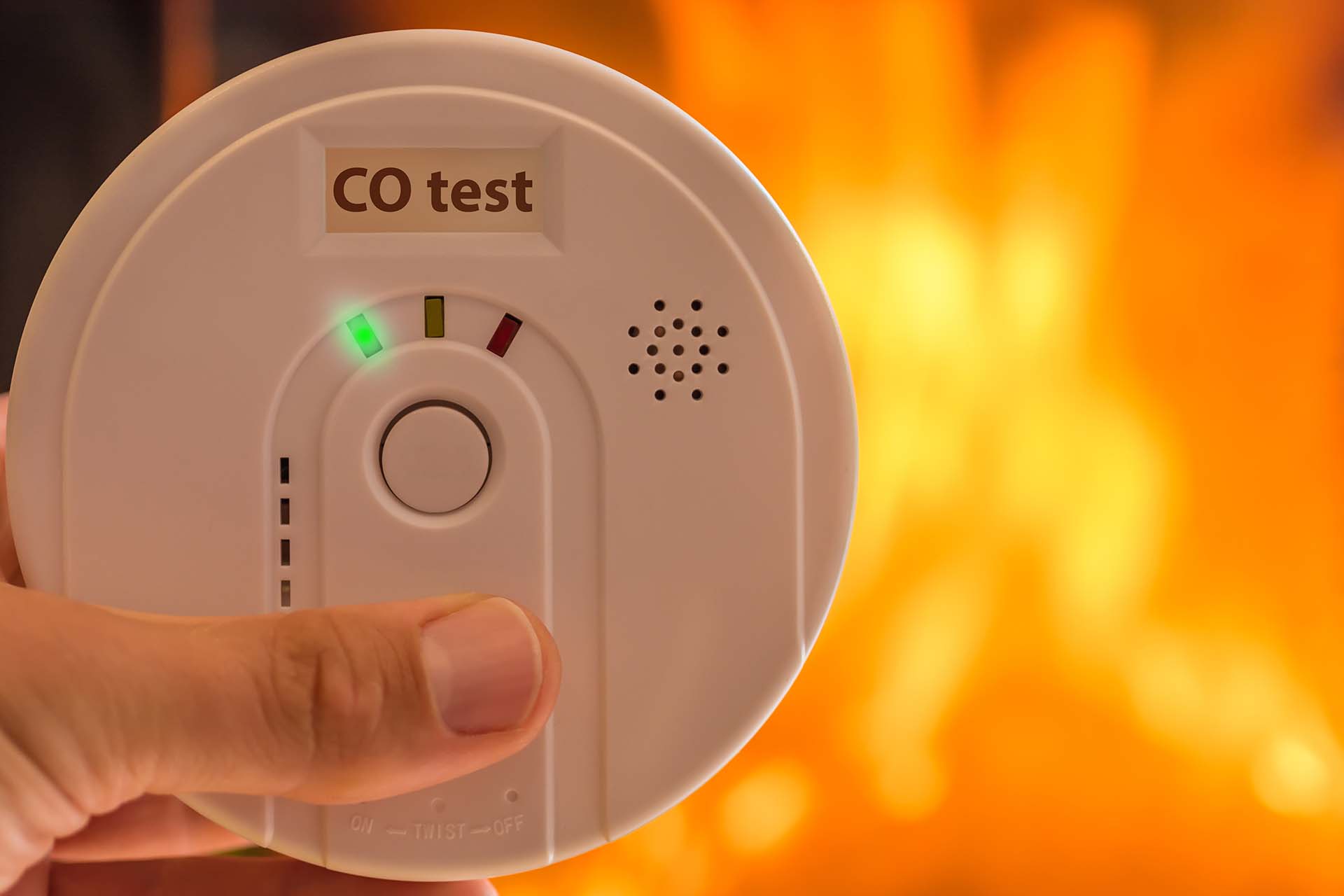
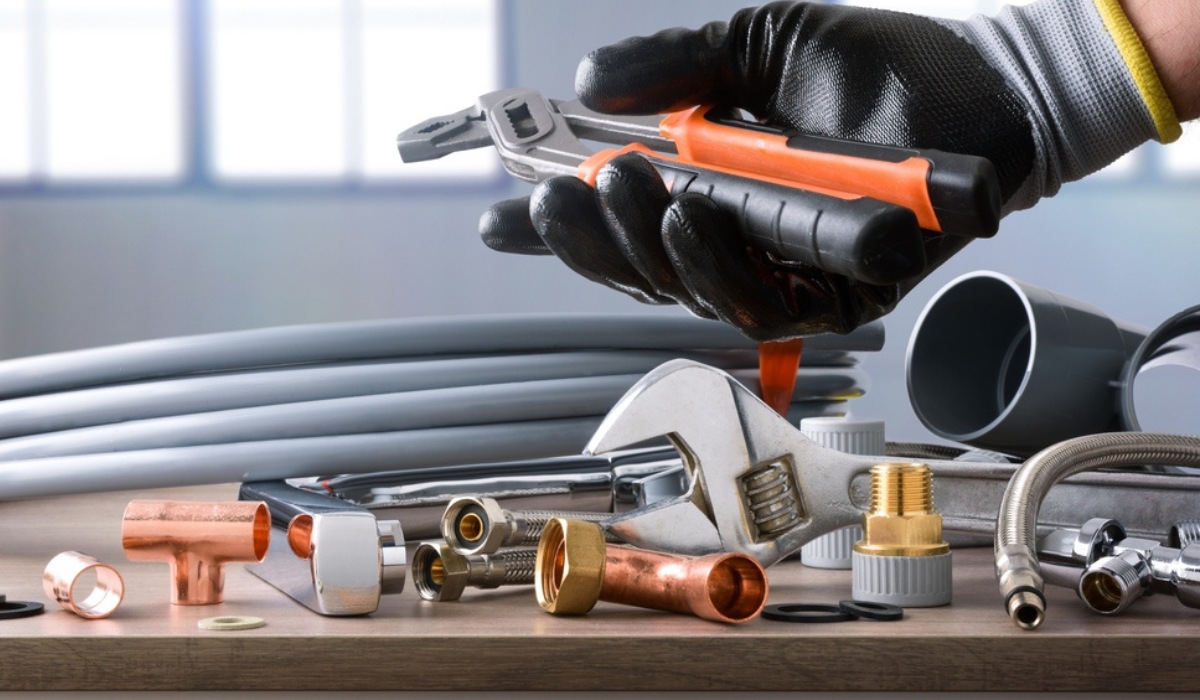
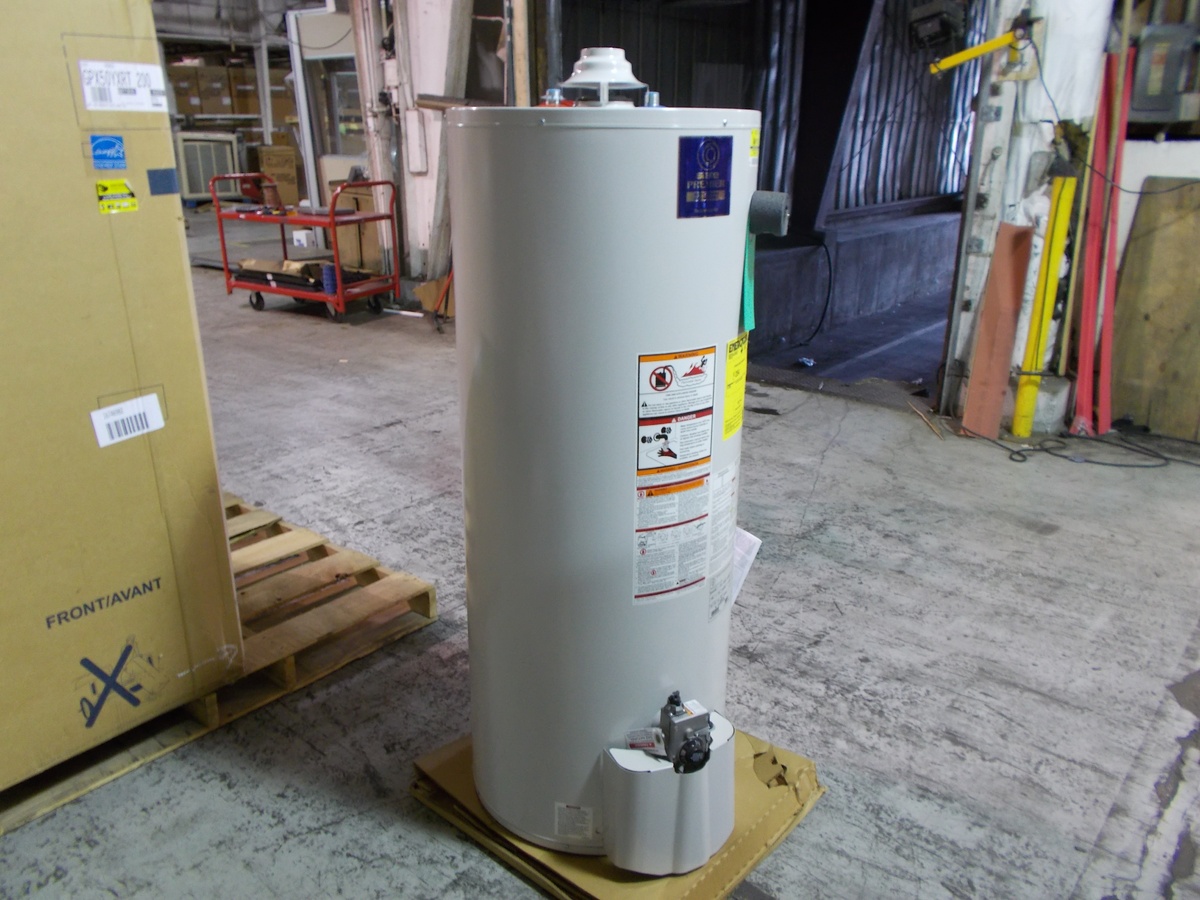
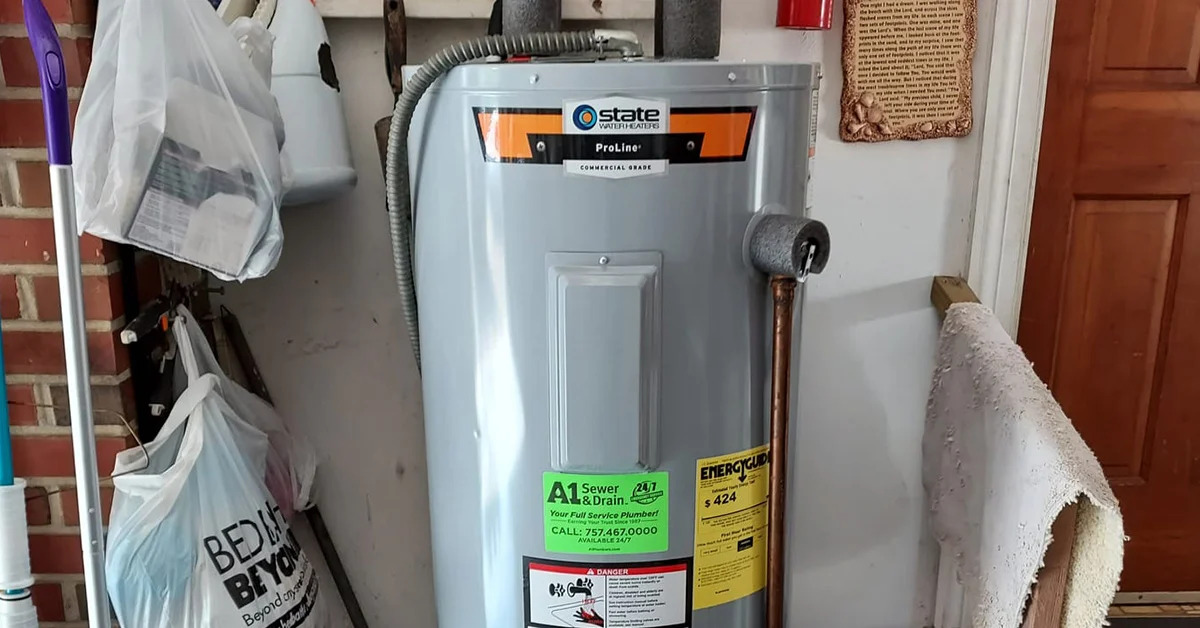
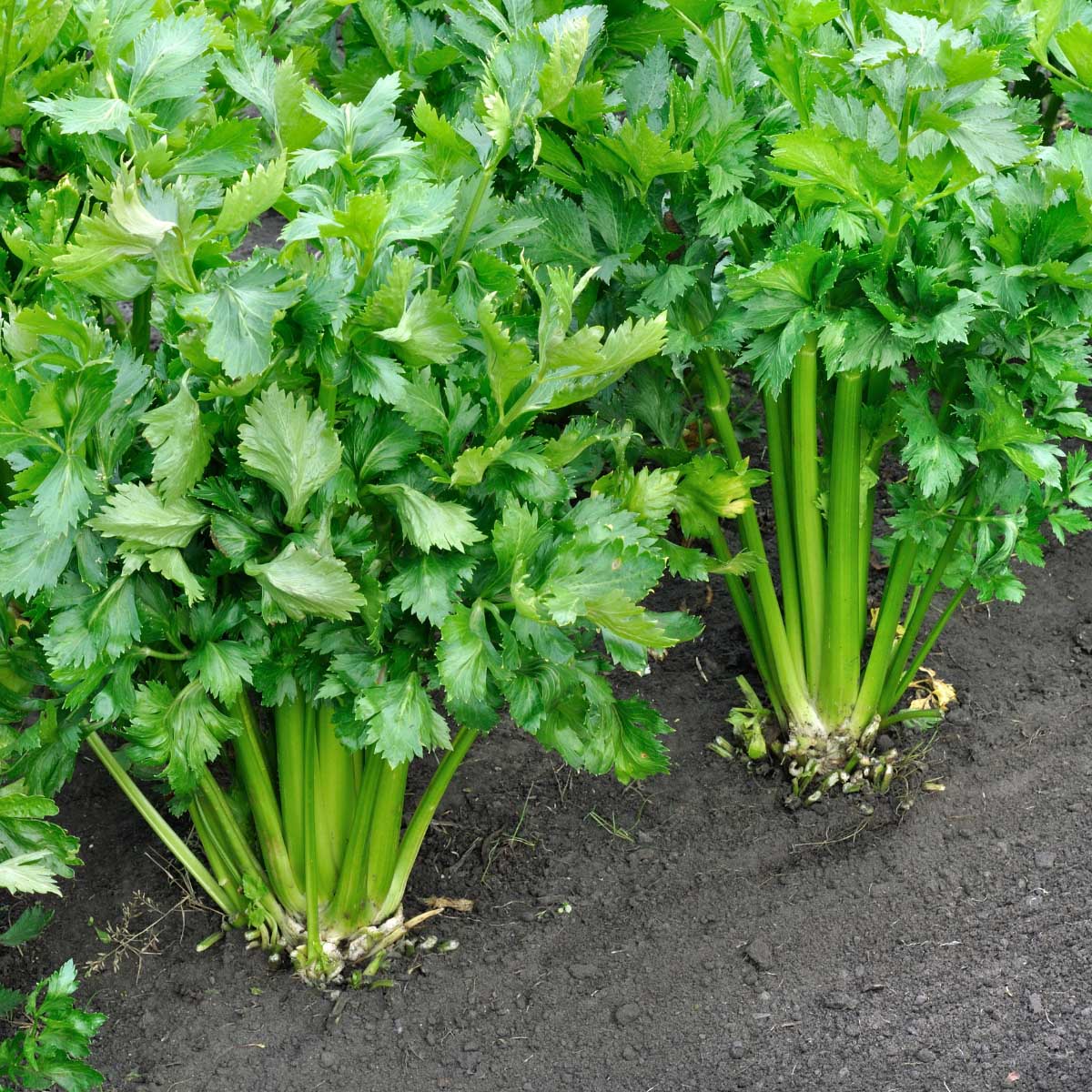
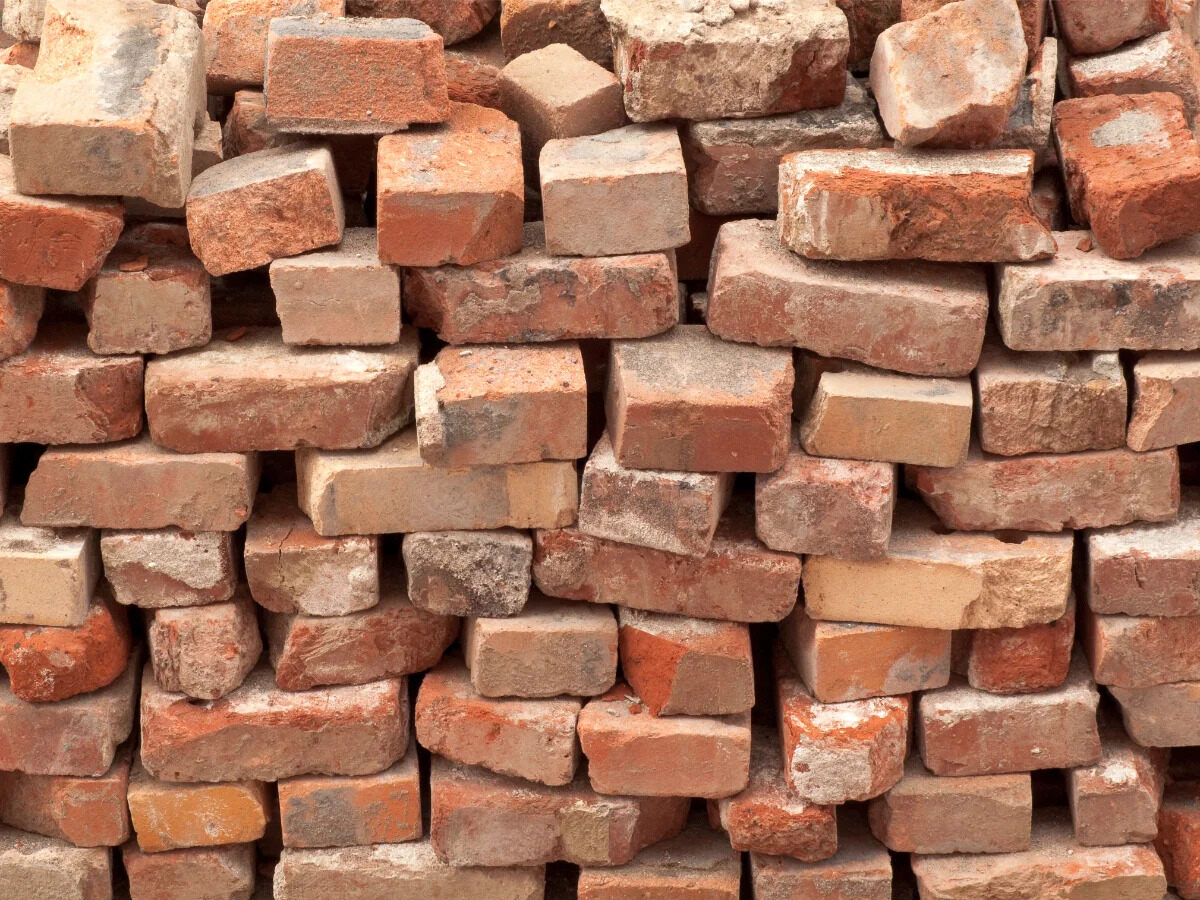
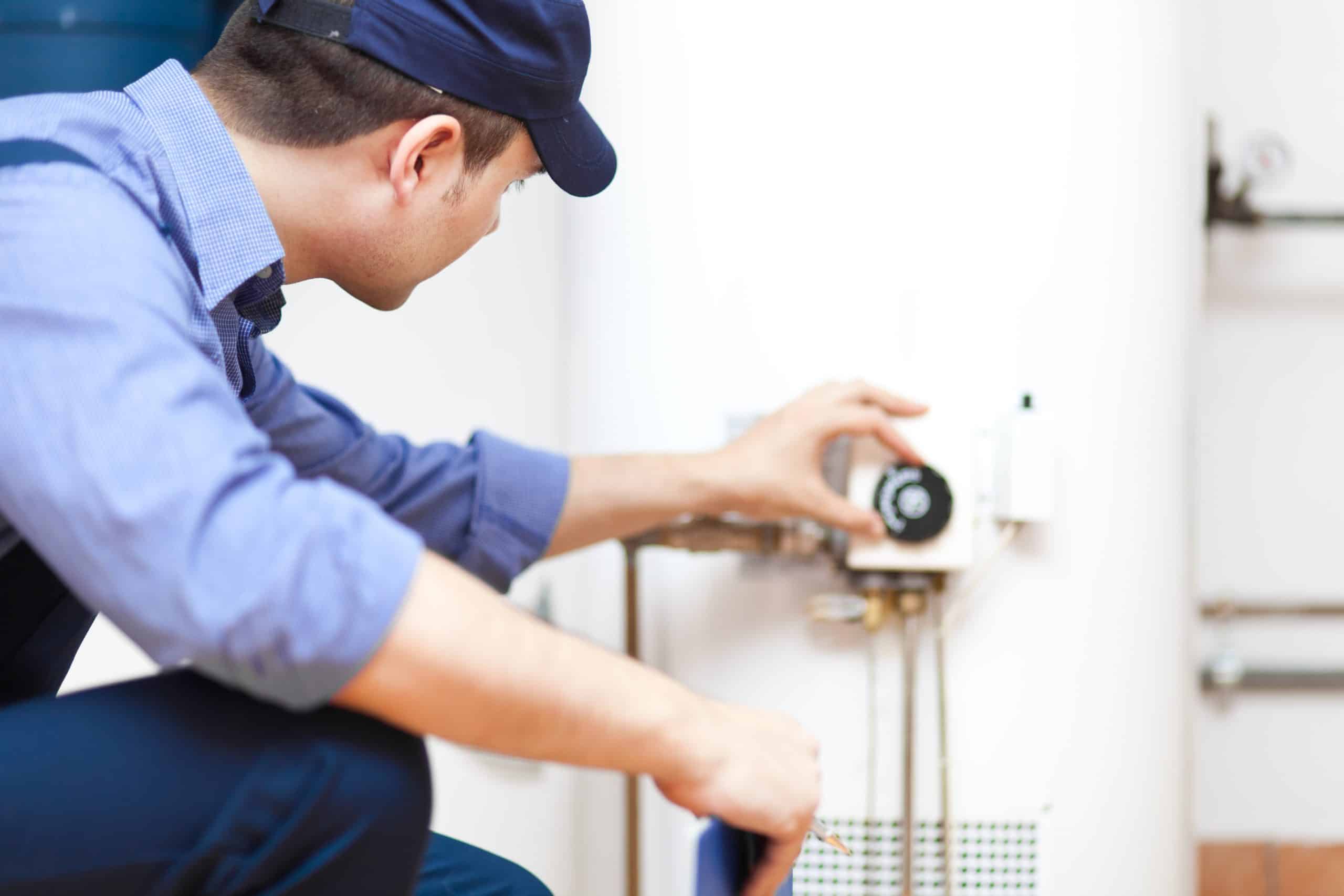

0 thoughts on “How Long Does It Take To Carbonate Water In A Kegerator”